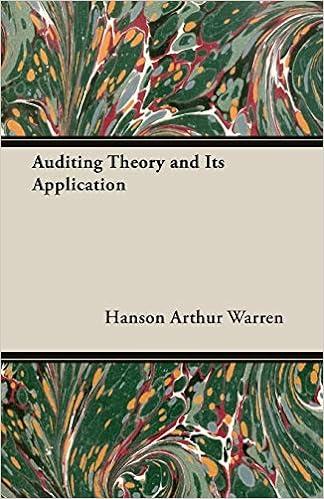28) The various organizations and individuals in a given society A) socio-legal B) economic C) technological D) political E) cultural environment consists of laws, government agencies, and pressure groups that indluence or limit 29) Governments develop public policy to A) identify demographic patterns B) encourage deregulation C) guide commerce D) protect marketers E) identify cultural patterns. 30) A company or association's A) non-compete clause B) code of ethics C) privacy policy D) non-disclosure policy E) marketing plan is designed to help guide responses to complex social responsibility issues 31) Which of the following is most likely influenced by marketers? A) population shifts B) core cultural values C) media D) income distribution E) ethnic diversity 32) Individuals and households that buy or acquire goods and services for personal consumption make up the A) market offering B) subculture C) consumer market D) market mix E) social class 33) Companies can research many aspects of buying decisions. However, the one that is the most difficult to iden A) when they buy B) why they buy C) where they buy D) what consumers buy E) how and how much they buy 34) In the model of buyer behavior, which of the following is a major type of force or event in the buyer's e A) social B) technological C) cultural D) economic E) all of the above is the most basic determinant of a person's wants and behavior 35) A) Cognitive dissonance B) Attitude C) Brand personality D) Culture E) Motive 36) Family is one of the A) business B) regional C) social. D) personal E) psychological factors that influence consumer behavior. 37) A) Personality B) Self-awareness C) Attitude D) Perception E) Belief refers to the unique psychological characteristics that distinguish an individual or group. meaningful picture of 38) the world is the process by which people select, organize, and interpret information to form a A) Learning B) Perception C) Dissonance D) Motivation E) Self-actualization describes changes in an individual's behavior arising from experience. 39) A) Selective attention B) Lifestyle C) Learning D) Cognitive dissonance E) Perception 40) When consumers are highly involved with an expensive, infrequent, or risky purchase but see little difference among brands they most likely will exhibit A) impulse buying behavior B) habitual buying behavior C) dissonance-reducing buying behavior D) consumer capitalism E) complex buying behavior in which the buyer spots a problem. 41) The buying decision process starts with A) need recognition B) information search C) buyer's remorse D) alternative evaluation E) impulse purchases








